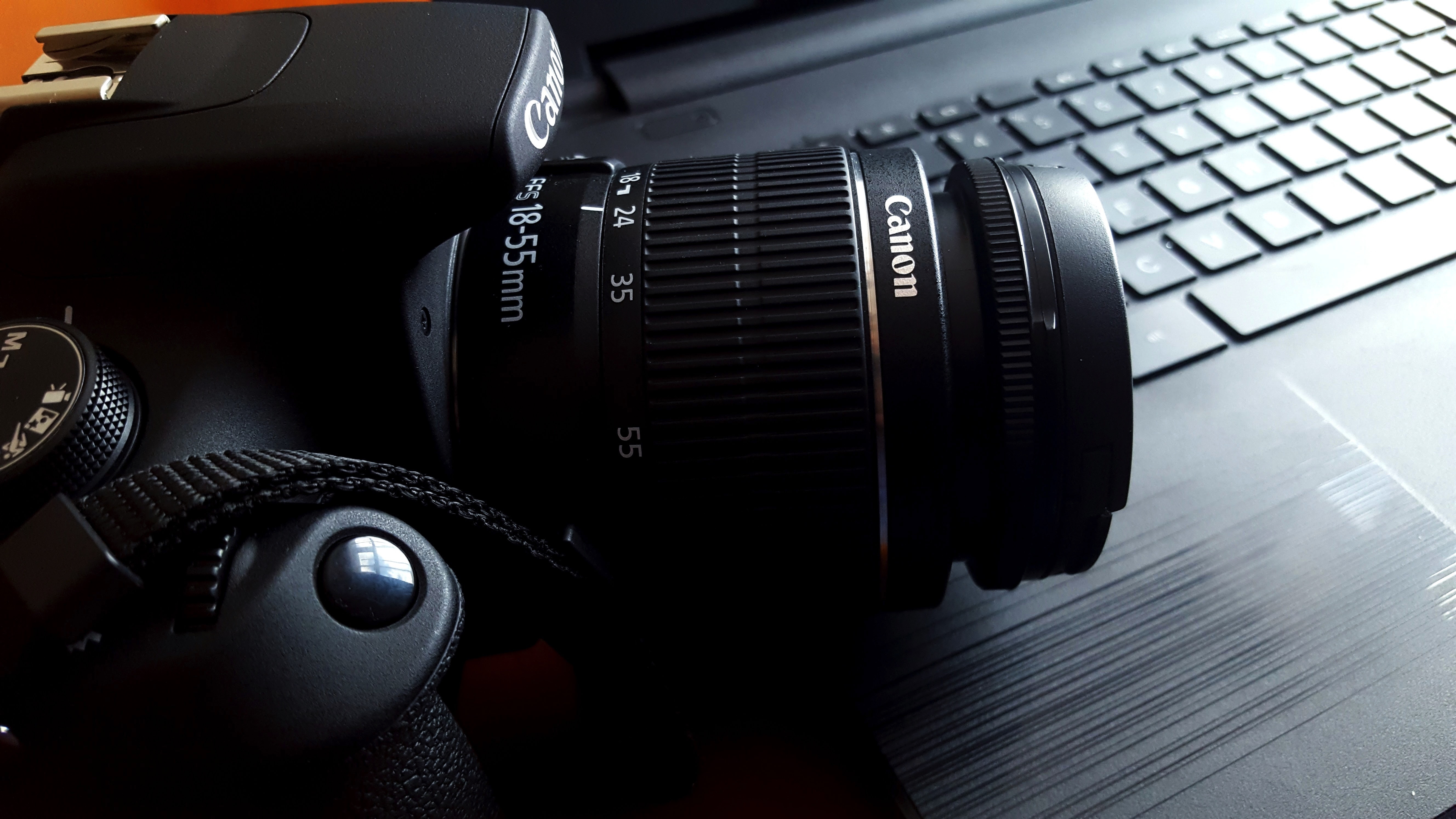NINA'S NUGGETS
WHY USE EXPOSURE VALUE CHARTS?
In a number of my books, I include Exposure Value tables. What are they, and why?
An exposure is made up of three elements – shutter speed, aperture and ISO. The settings determine how much light reaches the sensor. The external element – the light available – determines whether or not your desired settings are achievable in that light level.
The system of Exposure Values, also sometimes called Light Values, was created as a simplified way of understanding exposure settings, attributing a number to any given lighting level (from full sun through to deepest night), which can assist with working our what settings you need to complete the exposure, if you need a certain aperture or shutter speed (for example), and whether those settings are viable.
Most commonly nowadays, you'll hear mention of EVs in terms of a camera's lowlight performance – thenew EOS R, for example, is rated to achieve autofocus at a light level of -6EV, where -3EV is attributed to night time with a full moon. That’s pretty dark.
In the past, some cameras could be set using Exposure Values. Canon cameras don't use this system, but that doesn't mean we can't make use of the charts.
Here's an example for a typical British day – overcast! It's rated at EV10.

The dark tinted boxes represent shutter speeeds that require a tripod as they cannot be safely handheld. For most people, 1/30 second is the handholdable limit (regardless of lens or image stabilisation), but remember that your focal length also plays a part, and there the handholdable guideline of 1/focal length comes into play. So for a 400mm lens, your minimum handholdable speed is 1/500 second.
How to use EV charts
Say you want to shoot a bird in flight, and it's an overcast day. Recommended shutter speed for freezing a bird in flight is 1/1000 as a minimum (though for many birds, it’s faster than this). From the chart we can see that the ISO will need be high, as there are only four possible exposure settings combinations at this light level for 1/1000 second shutter speed. Anything else and you won't get the light you need for the shot.
It really gives you a base from which to work – and that's why I think they're so useful. And in Britain, we're all so good at talking about the weather that giving a number to the light level shouldn't be too much of a stretch!
Where to find EV charts
I include EV charts in a number of my books. Probably the most useful – if you're looking for something to use out in the field – are my How to Shoot Pocketbooks, available from EOS magazine shop. Each contains three tables. Alternatively all six tables (EV 14, EV 12, EV 10, EV 8, EV 6, EV 4) are included in my How to Shoot eBook, which you can print at home, or in my Essential EOS Pocketbook, published in March 2019.
FURTHER READING

How to Shoot (almost anything) with your Canon EOS camera (eBook)

Essential EOS Pocketbook 2nd edition coming Jan 2023
MORE NUGGETS

